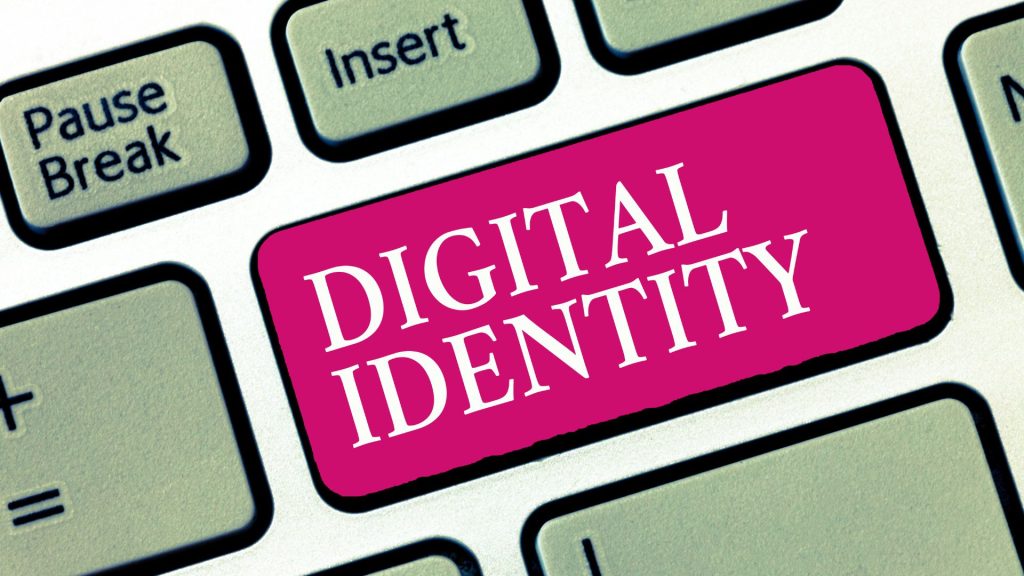Digital identity verification is revolutionizing the way businesses validate the authenticity of their customers, ensuring secure online transactions and bolstering trust in the digital era.
Identity verification is the thought of demonstrating that an identity is a real one. Identity verification is about verifying a person is who they say they are and that it’s a real person behind the actions.
It is commonly used in financial processes, such as opening a bank account, and it allows you to do business with or provide services to that person because his or her identity is verified.
In most places around the world, identity verification uses data such as name, date of birth, and residential or business address to ensure that an identity is real. Without it, institution can not trust that someone is a real identity, exposing institutions to money laundering and terrorist financing risks.
Digital Identity Verification
Identity verification is an important part of Know Your Customer (KYC), Customer Due Diligence (CDD), or age verification, which is outlined in money laundering regulations and industry guidance globally.
Digital identity verification process proves that an identity is true and real without having to meet face-to-face with potential customer. It confirms that a person is who they say they are and that the personal information they have provided is not fake or stolen identity fraud. By layering technology digital identity verification also helps ensure that it is a person behind the screen and not fake identities now much more easily created with the rise of criminal technology.
To verify identity, we can take names, dates of birth, registered or available addresses, and other relevant identifiers and make sure that they also exist in a digital format on a trusted data set. These can be credit bureaus, official government documents, OFAC negative lists, media agencies, or mobile operator databases. Digital customer identification and verification process is strengthened by applying negative data sets or data attributes that may not be associated with customer identity and using other innovative types of data to increase confidence in data verification.
Digital identity verification focuses on obtaining and verifying personal information, typically at the point of pre-onboarding of a new customer and matching against trusted data sources, portals, lists, forums, etc. The data from trusted sources is compared with the data provided by a customer, such as a passport, ID card, electricity bill, biometric data such as a picture of their face. The trusted data sources may also include government records.
Digital identity verification process is a fast and real-time process, which is necessary for the digital financial services providers and institutions, where the majority of transactions take place online. Customers expect and demand to be able to sign up for a product or service offered by the institution quickly and start using it immediately, therefore digital identity verification process makes it possible for the customers, and also reduces compliance costs for the institutions by saving customer onboarding time and efforts.
However, delivering a fast and smooth customer onboarding and service delivery experience, need to be balanced with a secure and smart AI based digital identity verification process. This would enable prevention of digital and fake identity frauds and would enable institutions to distinguish the genuine customer from the crowd.
Final Thoughts
Identity verification, both in traditional and digital formats, is paramount in today’s interconnected world. Serving as the linchpin in financial processes like opening bank accounts, its essence extends to establishing genuine human interactions behind virtual actions, ensuring institutions’ safety against potential threats like money laundering. While digital identity verification empowers institutions by offering real-time validation and expedited customer onboarding, its crux lies in leveraging advanced AI-driven methods. This synergy between speed and security is crucial, not just to uphold the sanctity of individual identity but also to pave the way for a trustworthy digital future.




